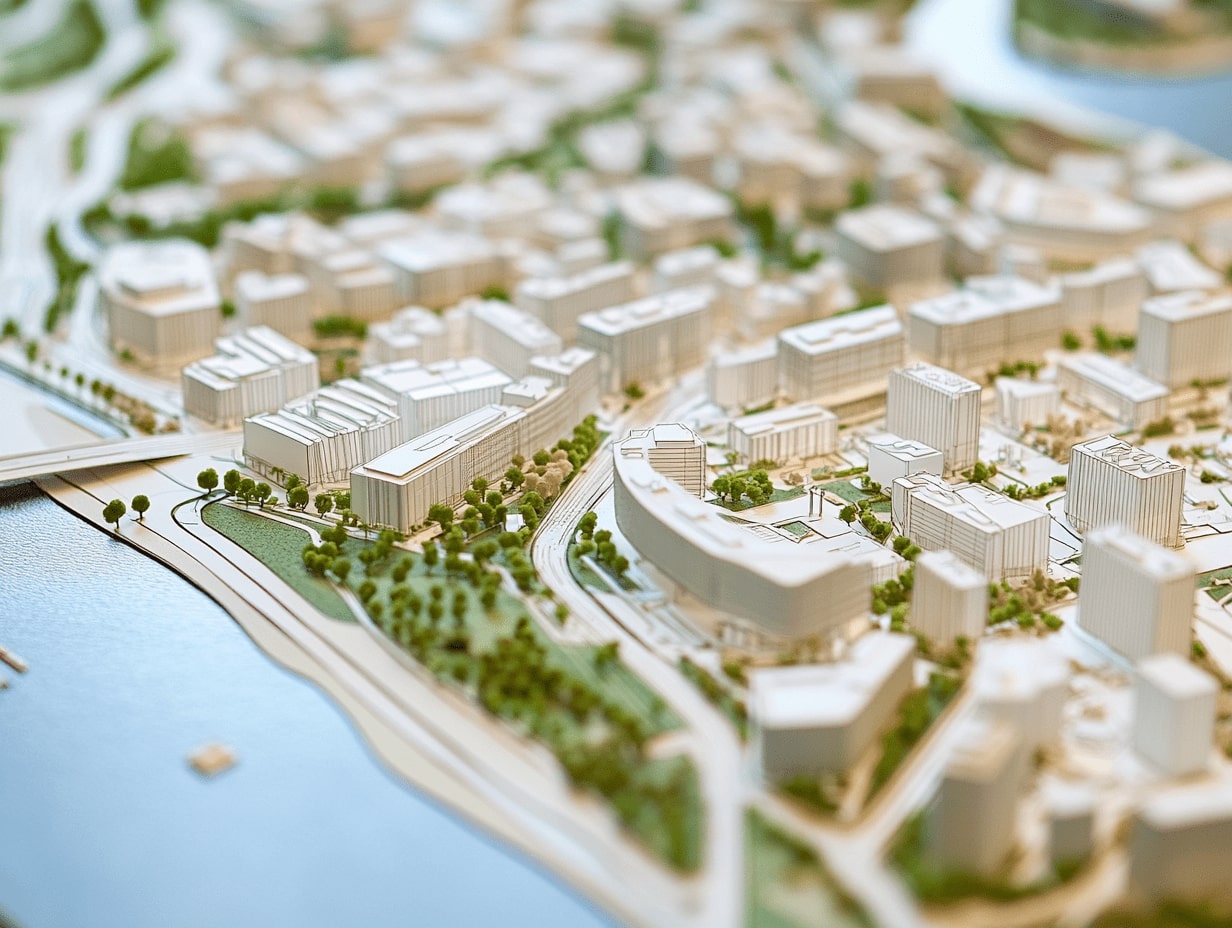- Home
- Articles
- Architectural Portfolio
- Architectral Presentation
- Inspirational Stories
- Architecture News
- Visualization
- BIM Industry
- Facade Design
- Parametric Design
- Career
- Landscape Architecture
- Construction
- Artificial Intelligence
- Sketching
- Design Softwares
- Diagrams
- Writing
- Architectural Tips
- Sustainability
- Courses
- Concept
- Technology
- History & Heritage
- Future of Architecture
- Guides & How-To
- Art & Culture
- Projects
- Interior Design
- Competitions
- Jobs
- Store
- Tools
- More
- Home
- Articles
- Architectural Portfolio
- Architectral Presentation
- Inspirational Stories
- Architecture News
- Visualization
- BIM Industry
- Facade Design
- Parametric Design
- Career
- Landscape Architecture
- Construction
- Artificial Intelligence
- Sketching
- Design Softwares
- Diagrams
- Writing
- Architectural Tips
- Sustainability
- Courses
- Concept
- Technology
- History & Heritage
- Future of Architecture
- Guides & How-To
- Art & Culture
- Projects
- Interior Design
- Competitions
- Jobs
- Store
- Tools
- More
Top Urban Mapping Tools Every Urban Planner Needs for Effective City Planning
Discover the best urban mapping tools every urban planner needs! From beginner-friendly platforms like QGIS and ArcGIS Online to advanced tools like CityEngine and UrbanFootprint, explore how these technologies empower sustainable city planning. Learn to navigate data accuracy, integration, and cost considerations while designing efficient and innovative urban spaces.

Urban planning is all about shaping the spaces we live, work, and play in, and having the right tools can make all the difference. As cities grow more complex, urban planners need cutting-edge mapping tools to analyze data, visualize trends, and design smarter, more sustainable communities. These tools help us understand the intricate layers of a city, from infrastructure to population dynamics.
With so many options out there, finding the best urban mapping tools can feel overwhelming. That’s why we’ve rounded up the essential tools every urban planner should have in their toolkit. Whether it’s for land use planning, transportation modeling, or environmental analysis, these tools empower us to make informed decisions that shape the future of our cities. Let’s explore what makes these tools indispensable for modern urban planning.
Table of Contents
ToggleOverview Of Urban Mapping Tools
Urban mapping tools provide comprehensive solutions for spatial analysis and decision-making. These tools allow planners to manage increasing urban complexities efficiently.
- Geographic Information Systems (GIS): GIS supports spatial data visualization and analysis. Platforms like ArcGIS and QGIS enable mapping of land use, infrastructure, and socio-economic patterns.
- Remote Sensing Software: Tools like ERDAS and ENVI use satellite imagery to monitor urban growth, vegetation, and environmental changes.
- Transport Simulation Tools: Software like PTV Visum and TransCAD models traffic flow and public transit networks, aiding transportation planning.
- 3D Modeling Tools: Platforms such as SketchUp and CityEngine create detailed city models for urban design projects.
- Urban Data Analytics Tools: Applications like UrbanFootprint analyze demographic, economic, and environmental datasets to inform planning decisions.
These tools integrate diverse datasets, enhance visualization, and promote sustainable city planning practices. By leveraging them, we can address challenges tied to urban development more effectively.

Factors To Consider When Choosing Urban Mapping Tools
Selecting the right urban mapping tools is essential for efficient and accurate urban planning. Consider factors such as data accuracy, ease of use, software compatibility, and cost.
Data Accuracy And Reliability
Accurate and reliable data ensures sound decision-making in urban planning. Tools should provide high-resolution datasets, robust geospatial information, and real-time updates when applicable. For example, GIS platforms that incorporate satellite imagery and verified demographic data support precise analysis.
User Interface And Usability
Intuitive user interfaces minimize training requirements and improve productivity. Tools with clear layouts, drag-and-drop features, and customizable dashboards allow planners to focus on insights rather than navigating complex systems. Usability testing can help confirm ease of operation.
Integration With Other Software
Seamless integration enhances efficiency by enabling cross-platform workflows. Mapping tools that integrate with CAD, BIM, or analytics software simplify data sharing and modeling processes. Compatibility with open formats, like GeoJSON or shapefiles, supports smoother transitions between systems.
Cost And Licensing
Cost considerations, including subscription fees and licensing models, affect long-term budgeting. Open-source tools like QGIS offer cost-effective alternatives, while licensed platforms often include premium support and advanced features. Evaluate costs relative to the features necessary for specific projects.

Best Urban Mapping Tools For Beginners
Urban planners starting their journey benefit greatly from tools designed specifically for ease of use, accurate data handling, and essential functionalities. These tools simplify complex urban datasets and make visualization more accessible.
Tool 1: Key Features And Benefits
QGIS (Quantum GIS) stands out as a leading open-source platform for beginners. It supports mapping and spatial data analysis at no cost, making it accessible to new users. Key features include:
- User-Friendly Interface: QGIS provides an intuitive layout, reducing the learning curve for first-time users.
- Wide Format Compatibility: Users can import and export shapefiles, raster data, and vector formats with ease.
- Customizable Capabilities: Through plugins, users can add features like automated geoprocessing or advanced symbology.
- Comprehensive Documentation: Beginner guides and tutorials ensure continuous learning.
QGIS equips urban planners to map land use, analyze spatial patterns, and produce clear visuals, enabling informed decision-making.
Tool 2: Key Features And Benefits
ArcGIS Online offers a cloud-based, beginner-friendly alternative for urban mapping tasks. Developed by Esri, it combines GIS capabilities with collaborative tools. Key features include:
- Cloud Integration: Projects save automatically in the cloud, allowing remote access and multi-user collaboration.
- Drag-And-Drop Editing Tools: Simplifies map creation, even for those with minimal GIS experience.
- Preset Templates: Ready-to-use templates enable efficient design of urban plans and presentations.
- Data Sharing Support: Users can publish maps for public access or share internally with stakeholders.
This platform is ideal for urban planners focusing on small to medium-scale city projects, especially those needing accessible mapping in team settings.

Advanced Mapping Tools For Professional Urban Planners
Urban planners rely on advanced mapping tools to address complex urban development challenges. These tools leverage technology to enhance data analysis, visualize spatial trends, and support sustainable city design.
Tool 3: Key Features And Benefits
CityEngine is a powerful tool for urban planners specializing in 3D urban modeling and procedural design. It simplifies the creation of large-scale urban environments while maintaining data precision.
- 3D Modeling Capabilities: CityEngine offers robust tools for generating realistic city layouts using procedural rules, enabling efficient large-scale modeling.
- Integration with GIS Platforms: Seamlessly integrates with ArcGIS, allowing planners to combine 3D and spatial data for enhanced project planning.
- Scalability: Handles small city blocks to entire cityscapes without compromising rendering quality.
- Customizable Design Rules: Users can adjust procedural modeling rules to fit specific urban planning requirements.
- Visualization Tools: Delivers immersive 3D visualizations, supporting decision-making and stakeholder engagement.
CityEngine supports urban design by combining creativity and GIS-driven data to produce precise, scalable outcomes.
Tool 4: Key Features And Benefits
UrbanFootprint assists planners in evaluating land-use scenarios and assessing urban sustainability goals. Its data-driven approach provides actionable insights for informed decision-making.
- Scenario Modeling: Allows users to simulate and assess the impact of various land-use plans on transportation, housing, and infrastructure.
- Comprehensive Data Library: Offers access to hundreds of preloaded datasets covering demographics, climate risks, and transportation trends.
- Impact Analysis: Tools for evaluating energy use, greenhouse gas emissions, and public transit efficiency under different planning scenarios.
- User-Friendly Interface: Simplifies complex modeling tasks with intuitive workflows, reducing project timelines.
- Collaboration Features: Promotes teamwork by offering sharing capabilities and integrated commenting.
UrbanFootprint empowers planners to assess policy impacts, prioritize sustainability, and meet long-term urban goals effectively.

Open-Source Vs. Commercial Tools: Pros And Cons
Choosing between open-source and commercial tools depends on project needs, budget constraints, and the level of functionality required. Each tool type offers distinct benefits and drawbacks that impact urban planning processes.
Advantages Of Open-Source Tools
Open-source tools provide affordability and flexibility. They are often free to use, like QGIS, reducing costs for budget-conscious projects. Customization options allow planners to modify and integrate tools based on specific requirements. Open-source platforms frequently foster collaboration, offering plugins and extensions from community contributions. For example, QGIS has a robust ecosystem of plugins to enhance functionality.
These tools also prioritize transparency, as users can access and audit source code. This feature ensures reliability, especially in sensitive projects requiring high data integrity. However, open-source tools may lack comprehensive support, relying on community forums and documentation for troubleshooting.
Benefits Of Commercial Tools
Commercial tools deliver advanced functionality and professional support. These tools, such as ArcGIS Pro and CityEngine, often include premium features for high-end mapping and analysis. Their regular updates ensure compatibility with new systems and technologies.
They also offer user-friendly interfaces backed by training resources and dedicated customer support, streamlining adoption. Commercial tools integrate effortlessly with various platforms, enabling efficient workflows and data compatibility. Constraints include higher licensing and subscription costs, making them better suited for projects with ample funding and long-term planning scopes.
Conclusion
Urban mapping tools play a central role in shaping efficient, sustainable, and well-designed cities. They enable urban planners to analyze complex data, visualize urban patterns, and develop actionable strategies. Whether we rely on open-source platforms like QGIS for their flexibility or advanced tools like CityEngine and UrbanFootprint for their innovative capabilities, these technologies streamline planning processes and support data-driven decision-making.
By carefully evaluating data accuracy, user interfaces, software integration, and costs, we can identify tools aligned with specific project needs. Beginners benefit from intuitive and accessible platforms like QGIS and ArcGIS Online, while professionals tackling multifaceted urban challenges leverage advanced solutions offering specialized features. Together, these tools enhance our ability to address urban growth challenges and advance sustainable urban development practices.
- 3D city models
- city infrastructure planning
- city mapping technology
- city planning resources
- city planning software
- city zoning tools
- digital mapping for cities
- effective urban planning
- geospatial mapping for planners
- GIS for urban planners
- land use planning tools
- public space design tools
- smart city technology
- transportation planning tools
- urban data analysis
- urban data visualization
- urban design software
- urban development software
- Urban mapping tools
- urban planner tools
- urban planning tools
Submit your architectural projects
Follow these steps for submission your project. Submission FormLatest Posts
What are Biodomes?
Biodomes are transforming architecture by blending ecological science with advanced design to...
The Quiet Revolution of Biophilic Design
Biophilic design is reshaping homes, workplaces, and cities—backed by evidence. Learn core...
Sustainable Solutions in Contemporary Architecture: From Passive Design to Clean Energy
Sustainable solutions in contemporary architecture: a practical playbook to hit net-zero, cut...
Sustainable Coastal Construction: Building Resilience Where Land Meets Sea
Sustainable coastal construction expert guide: plan, design, and build resilient shorelines with...











Leave a comment